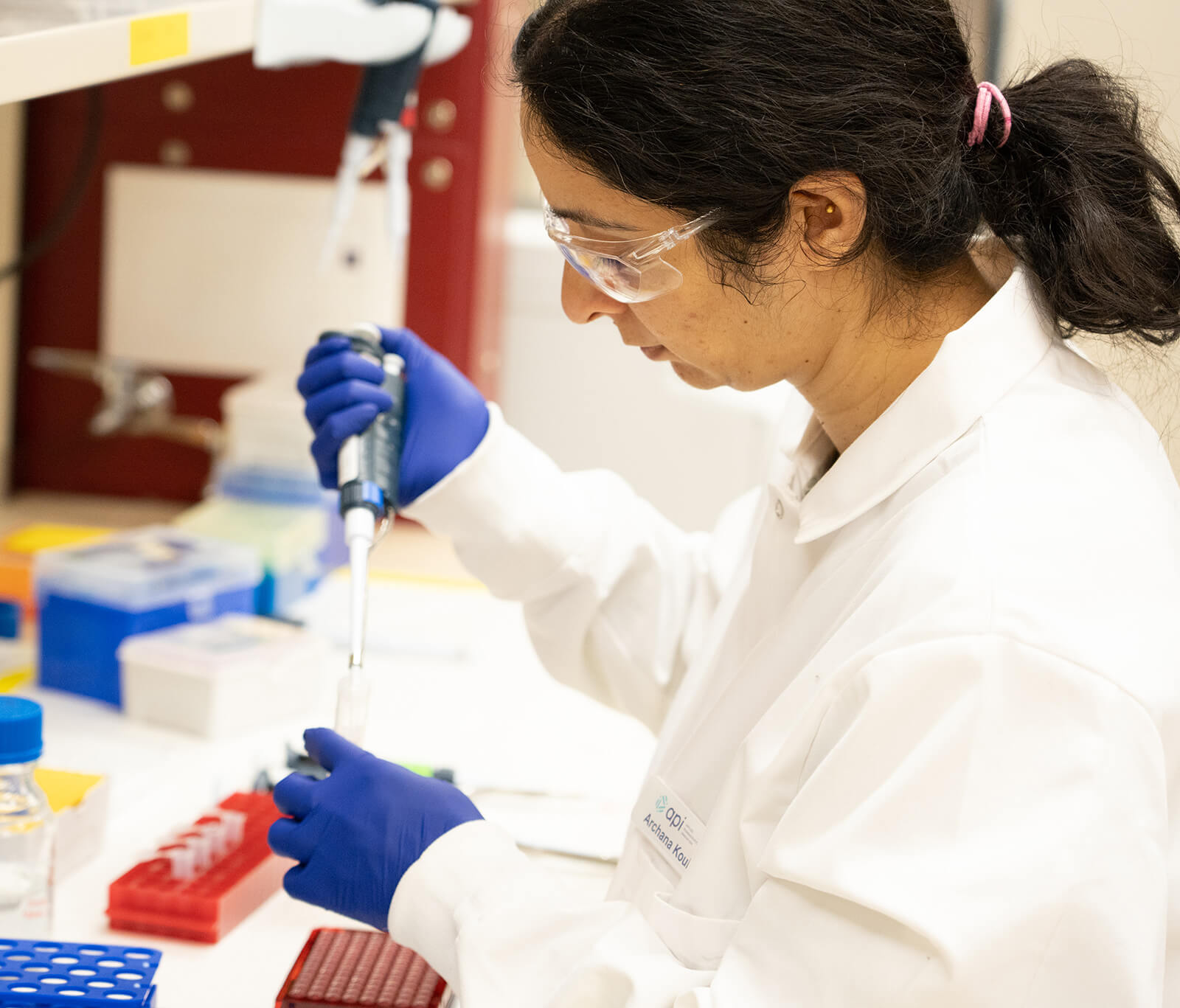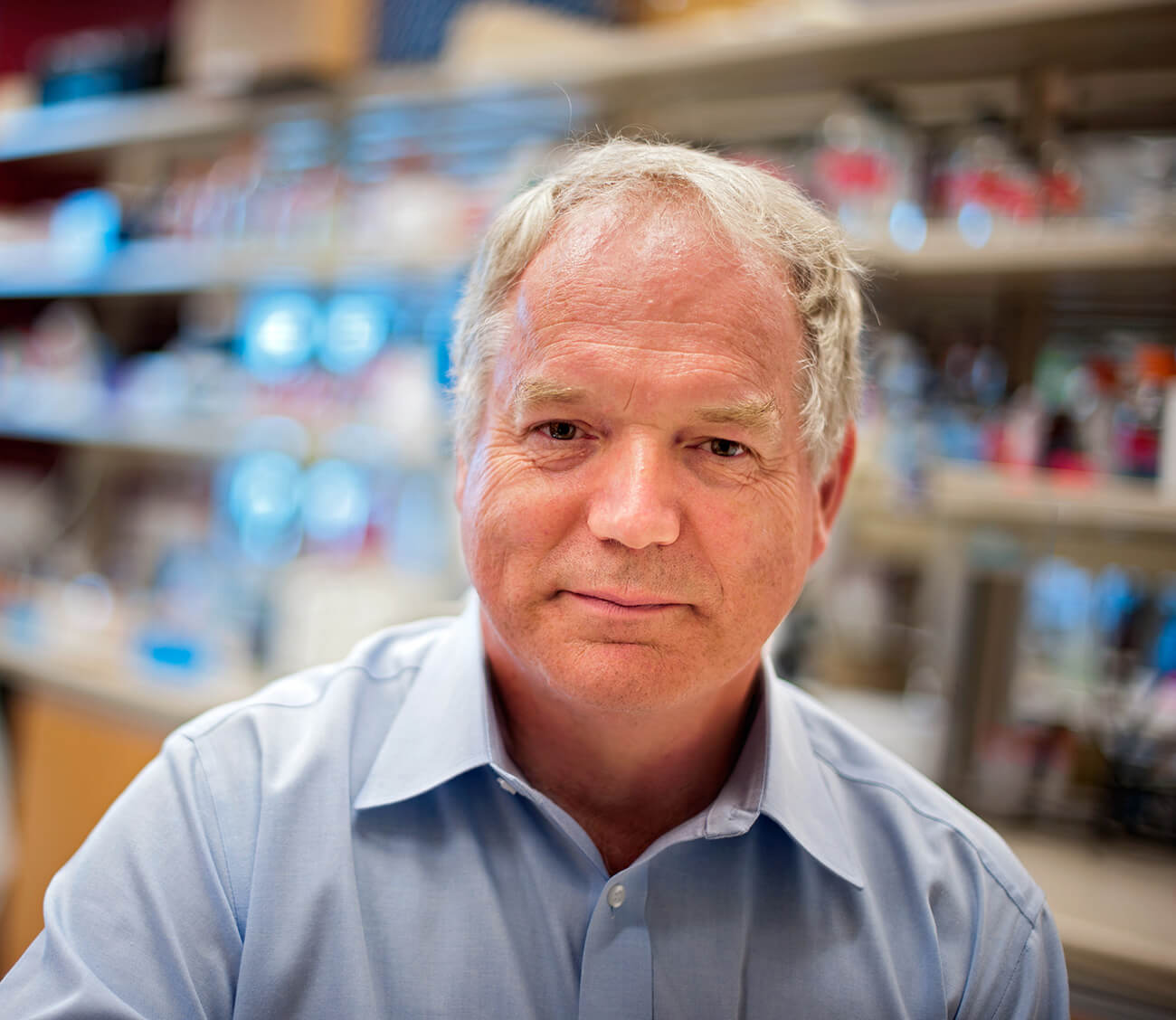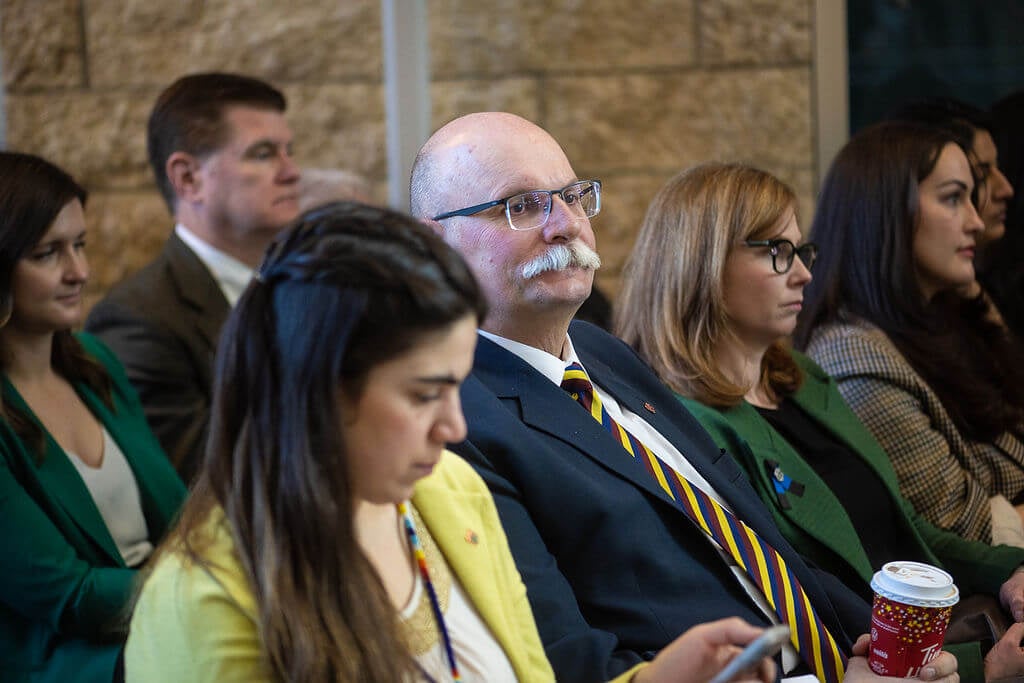How the CCDI came to be
The Canadian Critical Drug Initiative (CCDI) started with a vision by life sciences leaders and economic developers in Alberta to build capacity to accomplish two goals. One, fill the supply chain gaps for critical drugs, which was brought to light by the Covid 19 pandemic, and two, nurture the developers of new drugs.
Now that vision is being realized with the building of a new 40,000 square foot manufacturing facility that will produce small-molecule therapeutics as well as major upgrades to the 72,000 square foot Biotechnology Business Development Centre in the Edmonton Research Park. Here’s how it all began.
How to deal with the pandemic?
The pandemic put enormous pressure on healthcare systems. When Alberta Health Services and other health providers were looking for alternative suppliers for critical drugs, they came to API as we had been producing multiple products for clinical trials.
While ventilators and vaccines were the top stories at the time, hospital pharmacies had other concerns. Would they be able to get critical hospital drugs that already faced chronic shortages before the pandemic? Tenuous supply chains could lead to even more shortages that prevented the treatment of not only Covid-19 patients, but others in need of care.
It was also evident that investments in vaccine production would be needed. Gaps in Canada’s ability to produce innovative small molecule drugs, such as antivirals, significantly hampered the progress of innovative projects that may have helped before vaccines were available or for patients with breakthrough cases or who couldn’t be vaccinated.
As these issues came to light, API and other leaders were looking for ways to address them.

Presenting a plan
Late March 2020, Edmonton Global was organizing priorities for Covid-19 stimulus funding and they reached out to API for items to include. This sparked a joint effort to advocate for small molecule manufacturing in the Edmonton Metro Region, which would provide API with some rapidly scaled capability to meet pandemic crisis needs.
Timing couldn’t have been better as the federal government released the Biomanufacturing and Life Science Strategy, and the Alberta government released its Economic Recovery Plan which, for the first time, identified life sciences as a focus for Alberta. This opened the door to government support for domestic drug and vaccine manufacturing.
Partners come together
Prior to the pandemic, in the late summer of 2019, Dr. Lorne Tyrrell, Founder and Director of the University of Alberta’s Li Ka Shing Institute of Virology, and Andrew MacIsaac, CEO of API, were returning to Edmonton from a dinner in Calgary they had attended to woo a promising biotech company to the province. In a taxi ride back to the airport they discussed how they could work together.
“API had been growing to support the needs of companies spinning out of the post-secondary institutions in the province and we wanted to work closer with experts like Dr. Tyrrell,” said MacIsaac. “Also, having recently secured a strong pipeline of industry projects we were debating an expansion.”
“The institute needed a partner with facilities that could commercialize our ideas, and API was seen as an obvious partner,” said Dr. Tyrell.
They looped in Sir Michael Houghton, Director of the Li Ka Shing Applied Virology Institute, and co-winner of the 2020 Nobel Prize in Medicine for his discovery of the Hepatitis C virus and the two organizations started working closely together.
As the pandemic progressed it became clear that combining the plan to build small molecule manufacturing with this partnership between API and the Li Ka Shing would create an integrated research, commercialization and manufacturing hub, which we now know as CCDI.
“Andrew approached us about working together to leverage our strength, which made a whole lot of sense to myself and Lorne Tyrell,” says Houghton. “What the Applied Virology Institute can do is bring a portfolio of emerging drugs and vaccines to API so that these treatments can actually be produced here and get on the market to help people.”


A critical mass needed
MacIsaac notes that one of the CCDI’s strengths is the broad support from a wide berth of partners locally and across the country, but that the lead partnership with the University of Alberta and Li Ka Shing set it apart.

“If we were to build a manufacturing facility but didn’t have a strong academic partner like the Li Ka Shing Applied Virology Institute, API’s job to find drugs to manufacture would take more work, and the LKSAVI would have to find a facility who could do this work for them. Through the CCDI partnership, we can build a facility we know will be needed, and the researchers know that a facility is available when they need it,” said MacIsaac.
Non-scientific partners are also essential. “API wouldn’t have the capacity to reach the many potential markets that can use the talent and production and manufacturing capacity we’re building,” said MacIsaac. “Every industry needs a critical mass to be sustainable, and Edmonton Global is helping us realize the investment attraction that will fuel our industry’s growth by bringing the companies, jobs and opportunities we need for long-term success.”
Crossing the finish line
The journey involved many partners along the way. “The life sciences industry is complex, as is the process of taking a discovery in a lab to a finished product that helps people. Without partnerships, successful commercialization is much more difficult,” said MacIsaac.
Houghton likens CCDI’s momentum to a snowball picking up size and speed as it goes downhill. “It’s actually been very synergistic working with API in the context of the CCDI partnership. We’re helping each other very much,” says Houghton.
Malcolm Bruce, CEO at Edmonton Global, says that the CCDI is a testament to what collaboration in regional economic development can do. “I can’t emphasize enough the importance of collaboration among the partners that have created this outcome. It’s the reason we are getting CCDI across the finish line. And the leadership of API has been tremendous.”